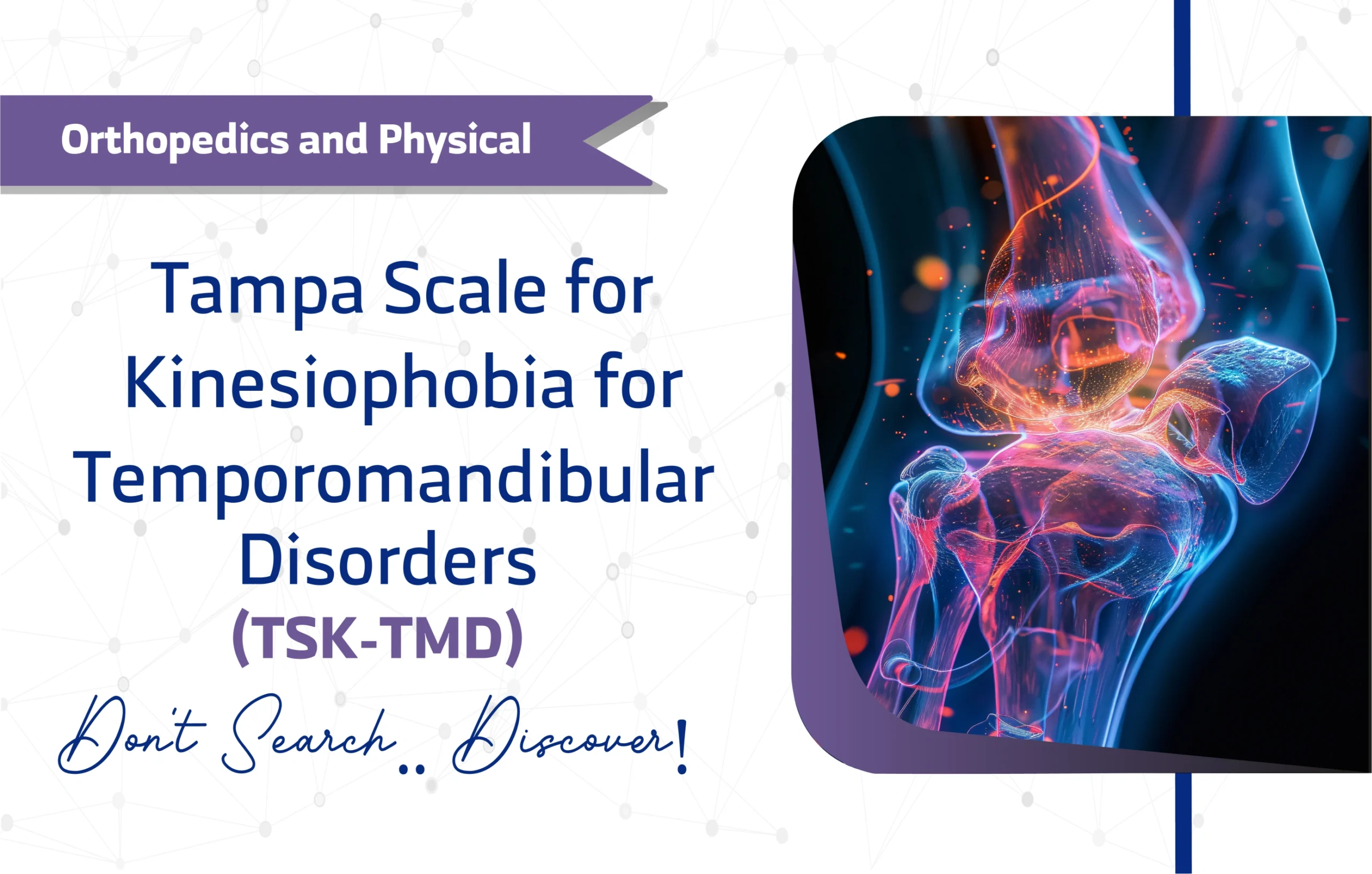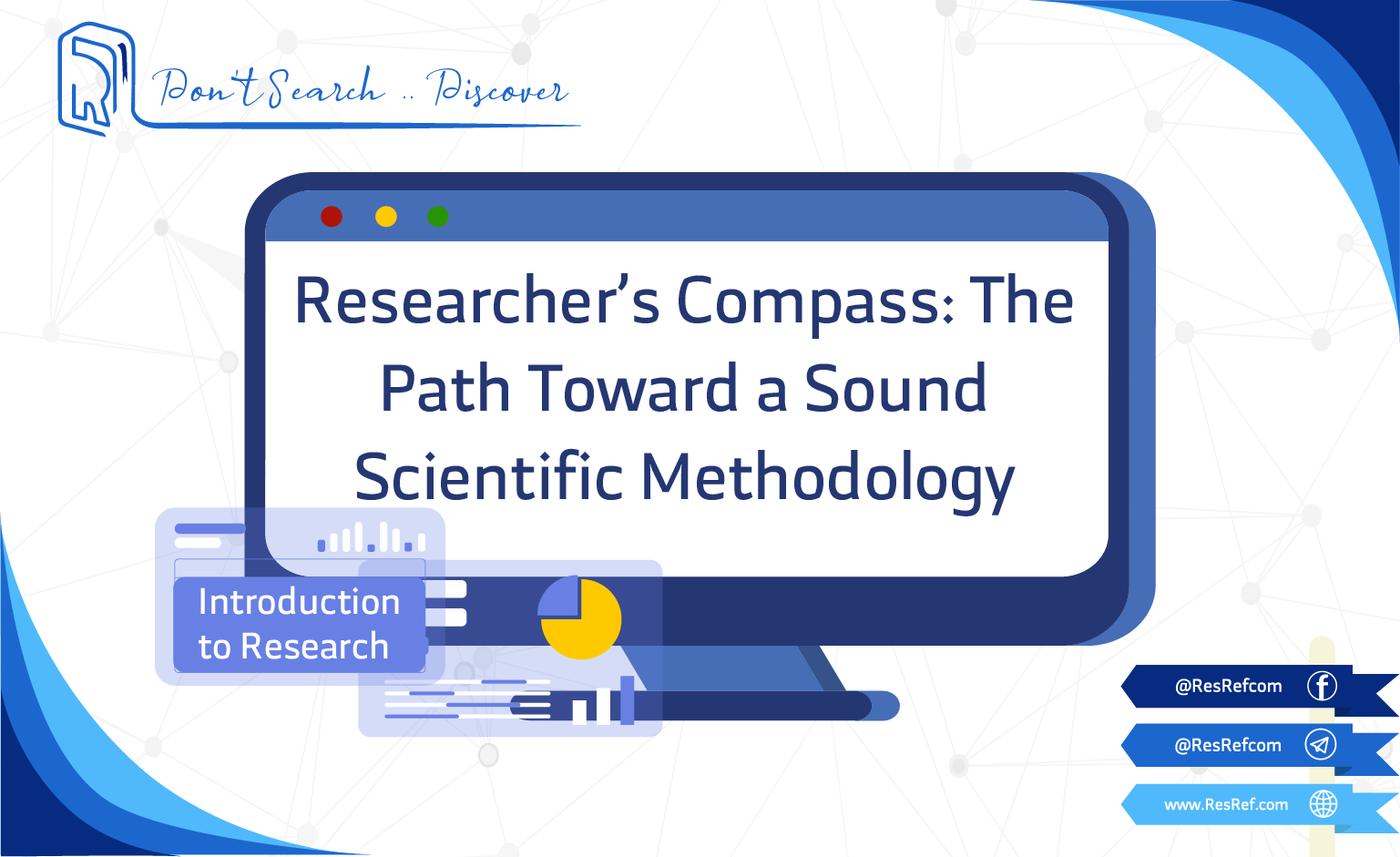Introduction
Temporomandibular disorders (TMD) affect millions, causing jaw pain and dysfunction that can lead to significant psychological barriers, such as fear of movement or re-injury. Consequently, the Tampa Scale for Kinesiophobia for Temporomandibular Disorders (TSK-TMD) emerges as a specialized tool designed to measure these fears in TMD patients. Developed by Corine M. Visscher and colleagues in 2010, this 12-item questionnaire builds on the original Tampa Scale for Kinesiophobia (TSK), adapting it to address the unique challenges of TMD. With over 140 citations on Google Scholar, its robust psychometric properties and focused design make it invaluable for clinicians and researchers in orofacial pain, dentistry, and rehabilitation.
Therefore, this article provides a detailed guide to the TSK-TMD, exploring its structure, applications, and clinical utility in improving patient outcomes.
Key Features of the Tampa Scale for Kinesiophobia for Temporomandibular Disorders (TSK-TMD)
Purpose and Use
The TSK-TMD specifically evaluates kinesiophobia, or the fear of movement due to perceived risk of pain or injury, in patients with temporomandibular disorders. Unlike general kinesiophobia tools, its targeted approach ensures relevance for TMD-specific concerns, such as jaw movement fears.
Target Population
The TSK-TMD is designed for adults aged 18 and older with TMD, including:
- Young adults (18-24 years)
- Middle-aged adults (25-44 years)
- Older adults (45-64 years)
- Seniors (65+ years)
- College/university students
- Parents
It is particularly suited for patients with conditions like myofascial pain, disc displacement, degenerative joint diseases, or TMD-associated headaches. However, it lacks validation for children, adolescents, or non-TMD populations.
Questionnaire Details
The TSK-TMD consists of 12 items organized into two subscales:
- Activity Avoidance (7 items): Measures the extent to which patients avoid jaw movement due to fear of pain or worsening their condition.
- Somatic Focus (5 items): Assesses hypervigilance toward physical sensations or symptoms related to jaw movement.
Each item is scored on a 4-point Likert scale (1 = Strongly disagree, 4 = Strongly agree), resulting in a total score ranging from 12 to 48. The questionnaire covers cognitive-behavioral constructs, including:
- Fear of jaw movement causing injury
- Hypervigilance on symptoms
- Catastrophizing
- Belief that movement worsens pain
- Pain equated with injury
- Fear of symptom exacerbation
- Avoidance behaviors
- Safety-oriented movement control
Scoring and Interpretation
The TSK-TMD uses a 4-point Likert scale, with total scores ranging from 12 to 48. Higher scores indicate greater kinesiophobia. Subscale scores for Activity Avoidance and Somatic Focus can be calculated separately by summing each subscale to assess specific aspects of fear and bodily sensitivity, such as avoidance of jaw movement or hyperfocus on symptoms. While no universal cut-off scores exist, researchers often categorize scores into low, medium, or high fear levels to guide interventions. For example, a high Activity Avoidance score might prompt cognitive-behavioral therapy (CBT) to address movement fears.
Administration Format
The TSK-TMD is quick to administer, taking less than 5 minutes, making it ideal for busy clinical settings. It can be conducted via:
- Paper-based forms
- Digital (online) platforms
- Mobile apps
- In-person interviews
- Phone or video calls
As a self-administered questionnaire, patients complete it independently, guided by clear instructions that ensure ease of use, though it requires basic training to interpret results effectively.
Applications of Tampa Scale for Kinesiophobia for Temporomandibular Disorders (TSK-TMD)
The TSK-TMD offers versatile applications for clinicians and researchers:
- Screening: Identifies TMD patients with significant fear of movement, signaling the need for psychological intervention.
- Monitoring: Tracks changes in kinesiophobia across treatment or over time.
- Treatment Planning: Guides tailored interventions, such as CBT, based on subscale scores.
- Research: Supports studies on the psychological impact of TMD and treatment outcomes.
For instance, a high Somatic Focus score might lead clinicians to address hypervigilance through mindfulness-based therapies, while researchers can use the TSK-TMD to explore links between kinesiophobia and chronic jaw pain.
Other Versions And Related Questionnaires
The TSK-TMD is an adaptation of the original Tampa Scale for Kinesiophobia (TSK), developed in 1991 for general musculoskeletal disorders.
Other versions include:
- TSK-11: A shorter 11-item version of the original TSK.
- TSK-Heart: Adapted for cardiac patients.
- TSK-Fatigue: Focused on fatigue-related kinesiophobia.
Related questionnaires include:
- Pain Catastrophizing Scale (PCS): Assesses exaggerated negative thoughts about pain.
- Jaw Functional Limitation Scale (JFLS): Evaluates jaw function limitations.
- Fear-Avoidance Beliefs Questionnaire (FABQ): Measures fear-avoidance in musculoskeletal conditions.
Language and availability
The TSK-TMD is available in approximately nine languages, including:
- Arabic
- English
- Spanish
- French
- German
The TSK-TMD requires permission from Lippincott Williams & Wilkins (LWW) or the International Association for the Study of Pain (IASP) for clinical or research use.
Reliability and Validity
The TSK-TMD boasts high reliability and validity, with a Cronbach’s alpha of approximately 0.90, indicating strong internal consistency. Validation studies, such as those by Songlin He et al. (2016) and Park et al. (2018), confirm its sensitivity to TMD-specific kinesiophobia, making it a trusted tool for both research and clinical practice.
- Original validation study study link
- 2016 validation study study link
- Turkish validation study link
- Korean validation study link
- Brazilian validation study link
Limitations and Considerations
Despite its strengths, the TSK-TMD has a few limitations:
- Self-Report: Responses may be influenced by social desirability bias or personal interpretation.
- Cultural Bias: Validation may be limited in some cultural contexts, requiring further studies.
- Language Barriers: Availability in only nine languages may restrict use in certain regions.
Additional Resources
For more information on the TSK-TMD , explore these resources:
- Original validation study.
- Download the TSK-TMD as a PDF.
- For inquiries, contact Lippincott Williams & Wilkins.
Frequently Asked Questions (FAQ)
- Who can use the TSK-TMD?
Clinicians, researchers, and healthcare providers use the TSK-TMD for adults aged 18 and older with temporomandibular disorders. - How long does it take to complete the TSK-TMD?
Patients typically complete it in less than 5 minutes, making it suitable for busy clinical settings. - How is the TSK-TMD administered?
It can be administered via paper, digital, mobile app, in-person interviews, or phone/video calls, offering flexibility. - Is there any cost to using the TSK-TMD?
Permission from Lippincott Williams & Wilkins (LWW) or the International Association for the Study of Pain (IASP) is required, with potential fees for commercial or funded academic use.
A Word from ResRef about Tampa Scale for Kinesiophobia for Temporomandibular Disorders (TSK-TMD)
The Tampa Scale for Kinesiophobia for Temporomandibular Disorders (TSK-TMD) is a specialized, reliable, and valid tool designed to assess fear of movement specifically in patients with temporomandibular disorders. Its focused approach allows clinicians and researchers to better understand and address the psychological factors that influence jaw function and pain-related disability. By using the TSK-TMD, healthcare providers can tailor interventions to reduce fear-avoidance behaviors, improving treatment outcomes and patient quality of life. This questionnaire represents an important advancement over more general kinesiophobia scales by targeting the unique challenges faced by TMD patients.
References
- Visscher, C. M., Ohrbach, R., van Wijk, A. J., Wilkosz, M., & Naeije, M. (2010). The Tampa Scale for Kinesiophobia for Temporomandibular Disorders (TSK-TMD). Pain, 149(1), 36–44. link
- He, S., Wang, J. & Ji, P. Validation of the Tampa Scale for Kinesiophobia for Temporomandibular Disorders (TSK-TMD) in patients with painful TMD. J Headache Pain 17, 109 (2016). link
- Küçük, E., Coşkun, G., & Tonga, E. (2024). The Reliability and Validity of the Turkish Version of the Tampa Scale for Kinesiophobia for Temporomandibular Disorders. Journal of Basic and Clinical Health Sciences, 8(1), 161-170. link
- Park, S. H., et al. (2018). Reliability and validity of the Korean Tampa Scale for Kinesiophobia for TMD. Journal of Oral Medicine and Pain, 43(2), 34–42. link
- Aguiar AS, Bataglion C, Visscher CM, Bevilaqua Grossi D, Chaves TC. Cross-cultural adaptation, reliability and construct validity of the Tampa scale for kinesiophobia for temporomandibular disorders (TSK/TMD-Br) into Brazilian Portuguese. J Oral Rehabil. 2017 Jul;44(7):500-510. doi: 10.1111/joor.12515. Epub 2017 May 15. PMID: 28407268 link







